Starting a fitness journey can often seem like tackling a maze of questions and doubts. A common question many have is: can calisthenics help you build big legs? This sincere query, driven by hope and ambition, is frequently obscured by conflicting advice. Let’s delve deeply into this subject, examining both the potential and the constraints, so you can make well-informed choices on your fitness path.
How Calisthenics Can Build Leg Strength

Calisthenics harnesses the power of bodyweight exercises to create a dynamic and effective way to build leg strength. Movements such as squats, lunges, and the challenging pistol squats are foundational to this approach. Each exercise requires no equipment and can be performed anywhere, making calisthenics accessible to everyone, regardless of location or financial investment.
These exercises are more than just movements—they’re powerful tools that engage multiple muscle groups simultaneously. For instance, a simple squat targets not only your quadriceps but also your hamstrings, glutes, and calves.
Lunges, on the other hand, work wonders for your balance and coordination while building lower body strength. These compound movements not only build muscle but also improve functional fitness, which translates into better performance in daily activities and other physical pursuits.
One of the compelling aspects of calisthenics is its emphasis on functional strength. Unlike some forms of exercise that isolate muscle groups, calisthenics encourages your body to work as a cohesive unit. This integrated approach helps improve your overall athleticism and minimizes the risk of injuries by ensuring that all muscle groups are harmoniously developed.
Progressing in calisthenics is straightforward yet demanding. As your strength increases, you can amplify the intensity of your workouts by modifying exercises. For example, once standard squats become manageable, you can advance to single-leg variations or incorporate plyometric elements like jump squats. These adaptations keep your muscles guessing and prevent stagnation.
Calisthenics also offers the added benefit of improving your balance and proprioception—the sense of knowing where your body is in space.
Exercises like pistol squats challenge your stability, forcing your core and leg muscles to engage more deeply. This heightened awareness and control can be particularly beneficial for athletes and anyone looking to enhance their overall physical capabilities.
While calisthenics alone can significantly enhance leg strength, it’s important to understand its inherent limitations. The resistance is limited to your body weight, which may eventually plateau your muscle growth. But don’t let this deter you.
The foundational strength and functional benefits you gain through calisthenics create a solid base for further development, whether you choose to stay with bodyweight exercises or integrate other forms of resistance training.
Ultimately, the journey of building leg strength through calisthenics is as much about the process as it is about the results. Every squat, lunge, and leap brings you one step closer to stronger, more resilient legs, capable of carrying you through life with greater ease and confidence.
The Importance of Progressive Overload in Calisthenics
In the realm of fitness, progressive overload is a cornerstone principle, pivotal for continuous improvement. This concept, which entails gradually increasing the demands on your muscles, applies beautifully to calisthenics, ensuring that your body remains challenged and growth is sustained.
To effectively apply progressive overload in calisthenics, you can tweak several variables in your workouts. For instance, you might increase the number of repetitions or sets, reduce the rest intervals between exercises, or adopt more complex movements.
Advanced variations like single-leg squats or explosive plyometric exercises can significantly elevate the intensity. These adjustments are instrumental in pushing your muscles beyond their comfort zone, thereby stimulating growth and enhancing strength.
The adaptability of calisthenics is a true asset. It allows you to continually introduce new challenges to your routine, keeping it engaging and effective. As you advance, incorporating elements like jump squats, explosive lunges, or even adding isometric holds at the bottom of a squat can intensify the workout, promoting further muscle engagement and growth.
However, it’s important to acknowledge that there is a threshold to how much you can challenge your muscles using only body weight. While you can achieve considerable strength and muscle endurance, at a certain point, your body’s own resistance might not be sufficient for the level of hypertrophy some individuals aspire to. This is a natural progression and an honest reflection of the body’s adaptive capabilities.
Nevertheless, the foundational strength and functional benefits gained from calisthenics provide a robust platform for further development. When your bodyweight exercises begin to feel too easy, it’s a sign of the impressive progress you’ve made. Yet, it’s also a cue to evaluate your fitness goals and consider if introducing additional forms of resistance might be beneficial.
Progressive overload in calisthenics is not just about physical growth; it’s also about mental resilience and discipline. Each time you push a little harder, perform an extra rep, or master a more challenging variation, you’re not only strengthening your legs but also fortifying your determination and commitment to your fitness journey.
Potential Limitations of Calisthenics for Leg Size

When it comes to building significant leg size, calisthenics might eventually present some challenges. The primary limitation lies in the absence of external weights, which can cap the resistance your muscles encounter at your body weight alone. This restriction becomes more evident as you advance and your body adapts to the demands of your workouts.
For those striving for substantial muscle hypertrophy, the limited resistance of bodyweight exercises might not provide the necessary stimulus for continuous growth. As you progress, you might find that despite increasing repetitions, sets, or intensity, your muscles no longer experience the same level of challenge they did initially. This adaptation can result in a plateau, where further gains in size become increasingly difficult to achieve.
Additionally, achieving muscle hypertrophy typically requires subjecting muscles to higher levels of mechanical tension. While calisthenics can certainly build strength and endurance, the mechanical load may not be sufficient for the muscle fiber recruitment needed for significant size gains.
This is where the versatility of weight training becomes invaluable, offering a range of resistances that can be finely tuned to your evolving fitness level.
However, it’s essential to remember that these limitations do not diminish the many benefits calisthenics provides. The focus on functional strength, balance, and overall athleticism is unmatched, and the convenience of performing these exercises anywhere remains a significant advantage.
Even as you recognize the potential need for additional resistance, the foundational strength developed through calisthenics serves as a strong base for integrating other forms of training.
Navigating these limitations involves being honest with yourself about your fitness goals and understanding that reaching them might require a multifaceted approach.
If leg size is a primary objective, supplementing your calisthenics routine with weight training could be the key to breaking through the barriers of bodyweight resistance. This doesn’t mean abandoning calisthenics but rather enhancing it with the tools necessary to meet your specific aspirations.
By combining the strengths of both calisthenics and weight training, you can continue to push your physical limits, fostering not only muscle growth but also a balanced, functional, and resilient body.
Combining Calisthenics with Weight Training
Combining calisthenics with weight training offers a harmonious blend that can elevate your fitness routine to new heights. Imagine the synergy of functional strength from bodyweight exercises and the intensified resistance from weightlifting—this powerful duo can propel you closer to achieving those enviable, well-defined legs.
Think of calisthenics as the foundation. Exercises like squats, lunges, and pistol squats build a robust base of functional strength and balance. These movements train your body to work as a cohesive unit, enhancing overall athleticism. But when your progress plateaus, adding weights can inject new vigor into your regimen. Weighted squats, leg presses, and deadlifts introduce an additional challenge, encouraging further muscle growth and strength.
The beauty of this combination lies in its versatility. For instance, you can start your workout with calisthenics to engage multiple muscle groups and improve coordination.
Following up with weight training allows you to target specific muscles with greater intensity. This layered approach not only prevents monotony but also keeps your muscles guessing, fostering continuous growth.
It’s crucial to approach this blended routine with mindfulness and respect for your body’s signals. Gradually incorporating weights into your calisthenics routine helps prevent overexertion and reduces the risk of injury. Begin with lighter weights, focusing on proper form and gradually increase the load as your strength and confidence build.
Moreover, this hybrid approach can reignite your passion for fitness. It adds variety to your workouts, making them more enjoyable and sustainable in the long run. You’ll find yourself looking forward to each session, eager to see how far you can push your limits.
By embracing both calisthenics and weight training, you’re not just working towards bigger legs; you’re cultivating a balanced, resilient body capable of performing a wide range of physical activities. This comprehensive strategy aligns with a holistic view of fitness, promoting not only muscle growth but also improved functional strength, endurance, and overall well-being.
As you embark on this integrated fitness journey, remember to celebrate each milestone. Every step, whether through bodyweight or weights, brings you closer to your goal of stronger, more sculpted legs. Your dedication and adaptability will be the driving force behind your continued success.



